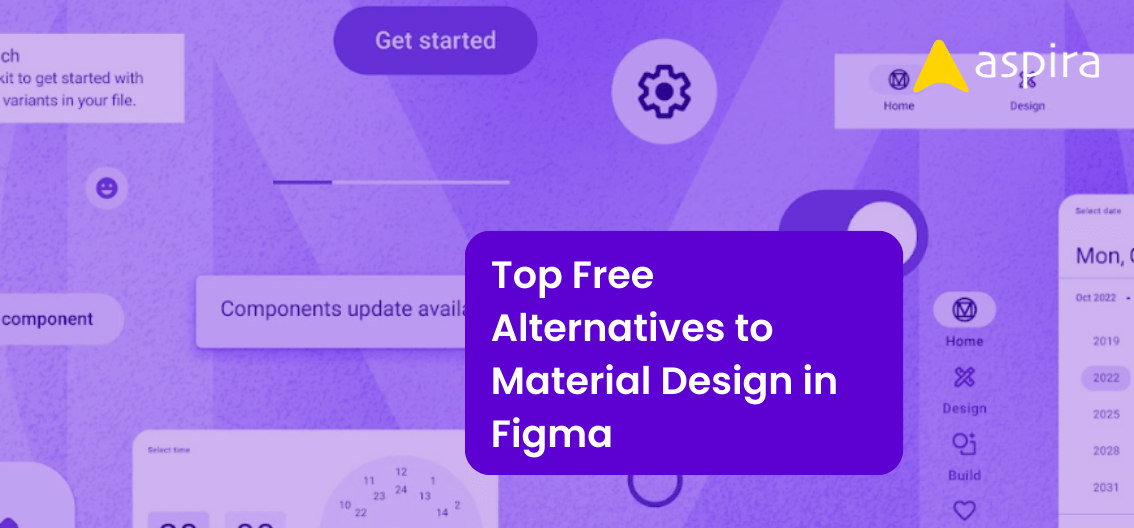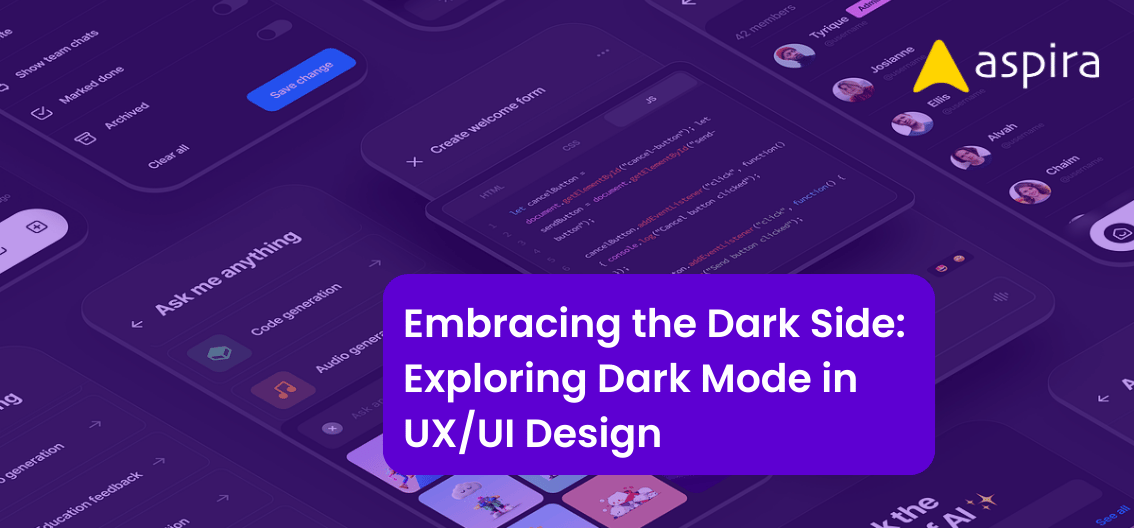UX Design - Mentor & Author.
26 Jun, 2024

The world of UX design is an exciting one, offering the chance to create user experiences that are both functional and delightful. But for aspiring UX designers, the path to entry can seem daunting. However, the good news is that you might already possess valuable skills that translate perfectly into UX design, even if they come from a completely different background. These are called transferable skills.
Transferable skills are abilities and knowledge you can apply across different fields. They form the foundation for your professional development, regardless of your previous experience. For UX design, several key transferable skills are crucial for success. Let’s explore six of the most important ones:
Communication: Talking Design in Plain English :
As a UX designer, you’ll be working with all sorts of people, from programmers to paying customers. You gotta be able to explain your design ideas clearly and simply, both in talking’ and showing’. Imagine explaining your thoughts to someone who doesn’t know fancy design words. You need to break it down easily, using visuals to show why your design is the best.
Problem Solving: Figuring Out What Users Want:
UX design is like detective work to find out what users need and what problems they have. Then you have to create solutions to fix those problems. This is where your puzzle-solving skills come in handy. Maybe you learned this from helping frustrated customers or by sorting out tricky situations in a past job. These skills will be super important in creating user experiences that are smooth and easy to use.
Creativity: Thinking Up Cool Design Ideas
Great UX design isn’t just about making things work; it’s about making them fun and enjoyable to use. Here’s where your creative side comes into play. Maybe you used to be a writer or marketer, always coming up with new ideas to grab people’s attention. Or perhaps you’ve designed websites before, so you’re used to pushing the boundaries of how things look and work. Whatever your creative background, it’ll be a big help in making UX designs that are both useful and exciting.
Visual Design: Making Things Look Good
While UX design isn’t all about how pretty things are, understanding how to make things look good is a big plus. Imagine you used to take pictures, so you know how to arrange things nicely. Or maybe you built websites before and learned how to set things up and what looks best on screens. Even experience with crafts can help you make interfaces that are both easy to use and pleasing to the eye.
Empathy: Understanding How Users Feel
UX design is all about thinking about the user first, and that means figuring out how they feel. Here’s where empathy comes in – that’s the ability to see things from the user’s perspective. Maybe you used to help people in need or were a teacher or counselor before, so you’re good at understanding others. No matter how you develop your empathy, it’ll be a superpower for creating user experiences that truly meet users’ needs.
Attention to detail: Making Sure Everything’s Perfect
Small things can make a big difference, and that’s especially true in UX design. Even a tiny mistake can mess up the user flow and make people frustrated. This is where your keen eye for detail comes in. Maybe you used to edit things for a living, so you’re good at spotting errors. Or perhaps you were an accountant before, where everything had to be precise. These skills will be perfect for UX design, where a sharp eye is key to making sure the user experience is flawless.
Conclusion
There you have it! The skills you already possess might be the perfect springboard for a future in UX design. So don’t underestimate your background—it could be your secret weapon! By leveraging your transferable skills and diving deeper into UX-specific knowledge, you can unlock a world of creative possibilities and become a valuable asset in the exciting field of UX design. Get ready to make a positive impact and design experiences that users will truly love!


